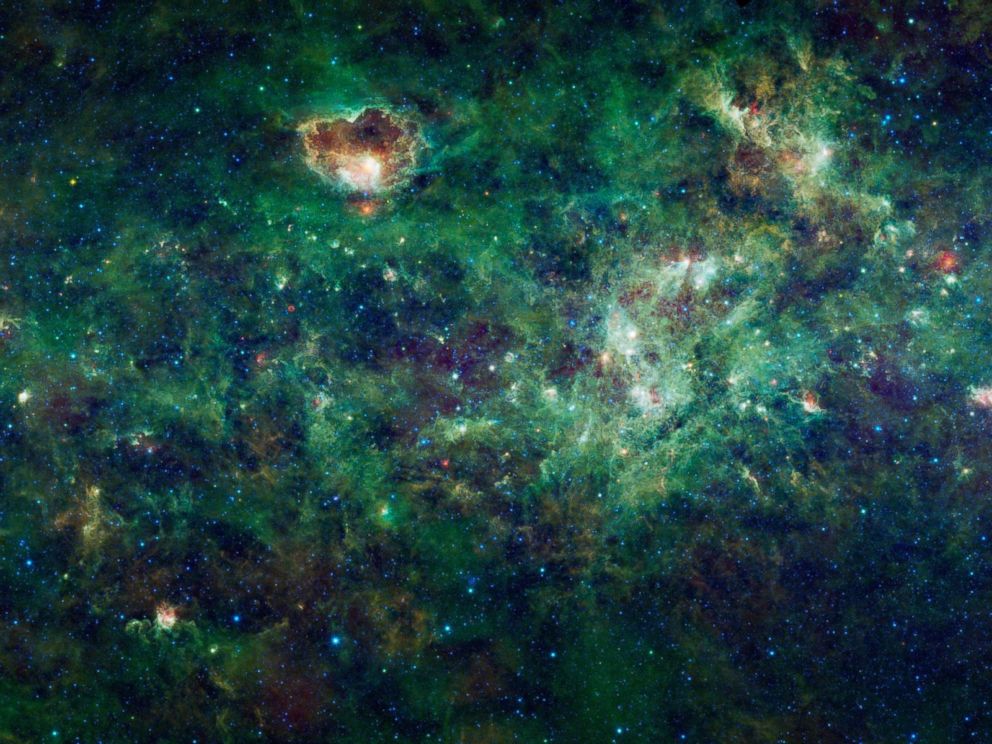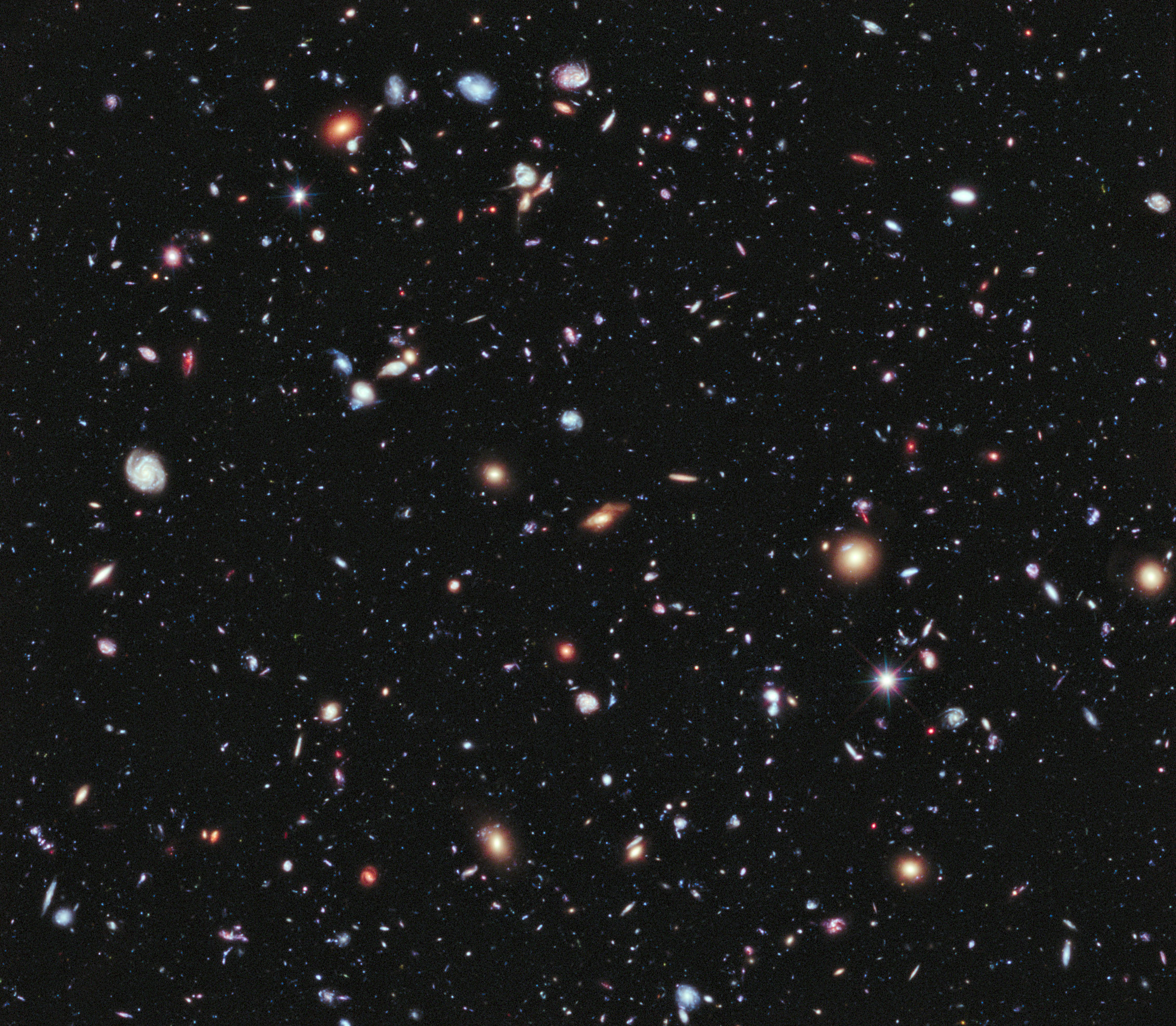NASA's Real 'Interstellar' Mission to Save Earth and Find a Home Among the Stars
What the space agency is really doing that mirrors the Hollywood movie plot.

— -- Could the plot of the movie "Interstellar" happen in real life -- both the catastrophe or the solution?
In the film, which opens nationwide on Friday, the hope for the future of mankind rests in the hands of a group of astronauts who must find a new planet hospitable to human life after governments and economies collapse and food is scarce.
While the sci-fi mystery makes for an exciting Hollywood plot, NASA says it is "on the cusp" of solving the central quandary of the film.
"For thousands of years we've wondered if we could find another home among the stars. We're right on the cusp of answering that question," NASA said in a blog post addressing the mysteries of "Interstellar" space.
"Multiple NASA missions are helping us extend humanity's senses and capture starlight to help us better understand our place in the universe," the space agency said.

After the astronauts in "Interstellar" leave a dystopian Earth with Dust Bowl-like conditions, they're able to push the limits of human space travel by using a newly discovered wormhole to jaunt between galaxies in search of food and a planet that can save the human race.
The space-time shortcut offered by the wormhole is a real theory spearheaded by Caltech astrophysicist Kip Thorne, who consulted on the film regarding his research that it may be possible to stabilize a wormhole and cross in far reaches of space that might otherwise take eons to access.
In real life, one NASA spacecraft is actually on the verge of leaving the solar system. Voyager 1, which blasted off in 1977, finally edged its way into interstellar space in 2012. The spacecraft won't see another star for 40,000 years, according to NASA, showing just how many unknowns still exist in the universe.

While NASA has ambitious missions lined up to explore space, perhaps the best defense for making sure the global catastrophe in "Interstellar" doesn't become a reality rests with a series of systems designed to collect data and better inform scientists about how our home planet can be protected.
Among those missions are a spacecraft that measures global precipitation, and others that keep watch on ocean winds and soil moisture.
The Cloud-Aerosol Transport System (CATS) monitors global pollution while the Orbiting Carbon Observatory-2 (OCO-2) tracks atmospheric carbon dioxide, the greenhouse gas emitted by human activities.




